In this video, we are going to be printing sweatshirts and hoodies for the Student Nurses Association at New Mexico State University. We’re going to teach you the processes we are using for this job so you can learn how to screen print high quality graphics on fleece garments.
We are a licensed garment decorator for New Mexico State University and the Collegiate Licensing Company, CLC Laerfield IMG. These sweatshirts and hoodies have been approved for licensing by NMSU and the CLC prior to production. And although we are going to teach you how we are printing these products, we must advise you to Never, Ever, under any circumstances, print any copyrighted or trademarked items without being licensed to do so.
We are going to be printing two different garments for this job. We are printing crewneck sweatshirts, and hoodies. The design inspiration for the first set of sweatshirts was to have a throwback vintage athletic feel. Think about the 80’s and 90’s gym class. A single color print on a grey shirt, with short’s that were way too short and seem to be making a strong comeback nowadays.
We WERE very stylish back then… Yellow and Blue striped tube socks and all.
For this logo, we stuck with a single color. We kept the design simple, using a standard athletic block font, and added an arch to the top text to give it that retro gym class feel. We also added a distressed overlay to the graphic to give it the appearance that it had been printed long ago and worn as their favorite sweatshirt for years and years. This design is being printed on a Tultex 340 unisex crewneck sweatshirt in heather grey, and we are using a single screen for this design. We are using a 23 by 31 newman roller frame with Saati Hi Tex Yellow Mesh, with a 196 thread count and a 55 thread diameter. We tensioned this screen to to 30 newtons.
Using a higher thread count screen is very important to achieve the look we are wanting with this specific design. A higher mesh screen allows you to print finer details. And although this design is basic in its essence, it does have the fine details of the distressing, which would be lost with a lower mesh screen. It will also allow us to print sharper edges. This mesh count also gives us better control in the ink saturation which helps us to further enhance that illusion of being a vintage print. Not to mention, we can create an amazing print with hardly any print hand.
Now keep in mind, we’re not saying to print this light, meaning you wouldn’t have enough ink coverage. Because that would just make it look like it wasn’t printed correct to begin with. We are wanting it to look vintage, like it’s an old time favorite, and there is a difference. If we were printing this on a t-shirt, we would definitely increase the mesh count to at minimum a 230 mesh, and maybe even a 280 for this specific print. With higher mesh count on a t-shirt, we would be able to get more of a matte finish, which would look super cool for the vintage look. But because it is going on a sweatshirt, which has a thicker and greater textured surface, we are using a 196 which will give us good even ink coverage without being thick, and will still give us the definition we are looking for.
We coated this screen using Saati PHU emulsion with two coats on the print side, or the side that touches the shirt, and 1 coat on the squeegee side, using the round edge of the coater. When coating your screens, always make sure to coat the print side first, and the squeegee side last, and dry your screens face down, basically how they would sit on your press. By doing this, you will allow the emulsion to create the gasket and ink dwell on the print side of the screen. If you don’t do this, you are going to end up causing problems with your squeegee not being able to properly shear the ink and you’re not going to have proper ink laydown on the surface of the shirt.
We are loading this screen on printhead one, flashing on printhead two and using an action engineering roller squeegee on printhead three. So you may be asking yourself, why would we use a roller for a single screen print? Well, to be honest, it isn’t really necessary for this print, but, it’s not adding any time to our job,so we figure we might as well run it. Because it’s not hurting anything and can only help prevent fibrillation.
For this print we are using a 70 90 70 triple durometer squeegee. We’ve got our printhead set to a medium to fast flood and print stroke. Ink is a viscous material. It’s what is called Thixotropic. As it is worked, which you can do either by stirring or being moved by the flood bar and or squeegee, it warms up, the molecules quit being lazy and start moving around, and it becomes more pliable. It flows better. It’s a similar principle as how vehicle oil works. When oil is cold, it’s thick and pours slowly. But when it warms up, it flows and pours much more easily.
A better flowing ink passes through a screen easier. So by having a faster print stroke, it works the ink, and you are essentially priming your ink to flow through the screen openings better, which gives you a higher ink deposit. This is one of the variables you can adjust in your print process to get the ink saturation you are looking for. It also helps your print production speed. We’ve got the squeegee set at around a 2 degree angle, pretty much straight up and down.
A greater squeegee angle lays down more ink. Which is again, another adjustable variable. But for this print, we want a thin ink deposit. Also, If you have your angle set too much, it’s going to start pushing the ink through the screen instead of shearing it, which you don’t want, because that’s going to cause it to over saturate and muddy your print. The ink we are using is the 6137 Maroon from International Coatings. We did not add in any additives to the ink for this print.
Now let’s get into the specifics for the second print. But before we do, make sure to like this video and subscribe to our channel. We have a lot of great information to share, so if you hit that bell icon, you’ll be notified when we upload new videos that will help you become a better screen printer.
Ok, so for the design elements for the second set of hoodies, we went with a more modern athletic feel, but still with that classic baseball style design. Swoop bubble style lettering with athletic tails. This is a two color design, white and crimson, which we are printing on dark charcoal heather hoodies from cotton heritage. For this design, we will be using three screens. Again, we are using 23 by 31 newman roller frames. For the white underbase, we will be using a Saati HiDro yellow mesh in a 157 thread count with 48 thread diameter.
Now this is a thin thread mesh. We only ever use thin thread mesh for under bases on hoodies, and not even necessarily all the time. The thinner diameter of the thread, results in a larger percentage open area in the mesh, than in a standard mesh diameter. So, because the thread is thinner, there is less resistance on the ink, and because the open area is larger, ink is able to pass through much easier.
Since the ink passes through easier, you end up with a thicker layer of ink, and essentially more opacity. So because of this, thin thread has become all the rage in screen printing over the past couple years. It’s commonly thought of as being easier to print with. But in our opinion, thin thread isn’t really the optimal choice for the majority of applications.
Thin thread is great for water based inks because they don’t have the same shearing characteristics that plastisol inks do. But because of the shear properties of plastisol, if you have a properly tensioned screen of around 22 newtons or higher, then the standard thread diameter mesh works better for plastisol inks. If you have a low tensioned screen, then the mesh has more flex and bowing in it as the squeegee passes over it, so you may not be getting an optimal shear of the ink. So then printers will use a thin thread, and may be getting more ink coverage, but in reality, you’re just compensating for having bad screens to begin with. And so you get the illusion of the thin thread being easier to print with. There’s a lot of other technical details of using thin thread vs. standard thread, but that’s a topic for another video.
All that being said, Yes, we are using a thin thread for this job. We have found that with the right variables, and the thicker textures of hoodies, we are able to get a great underbase with a 157 or 160 thin thread mesh. Now keep in mind, this is ONLY for hoodies. We would never use this setup for t-shirts. Also, we are printing the underbase at an 80 percent transparency level. So that is also reducing the amount of ink we are laying down on the garment.
Now I know what you’re thinking. Then why are you using a thin thread mesh, if you’re printing at a reduced transparency level? Why not just use a standard thread? I know it sounds counter productive, but it’s all about being able to get a thin layer of ink with a good opacity for that underbase. Because of the thicker fabric of a hoodie, with a standard thread, you typically need to double stroke the print to get good opacity and a good clearing of the screen. We don’t like to do this with the underbase because it makes it a little too thick for our liking.
Not only does it affect the print hand, but it also affects the way the top colors print. When it comes to hoodies, you have to be able to put down just the right amount of ink. By using the thin thread at a reduced transparency level, we can use a single stroke and get enough opacity while laying down a very thin layer of ink. Trust us, It’s like magic.
We would love to hear your thoughts or questions about using thin thread though. Do you use thin thread? Do you use it for all of your prints? Make sure to let us know what your processes are down in the comments.
Ok let’s get back to the specifics of these screens. For the crimson and highlight white screens, we are also using 23 by 31 newman roller frames but are using Saati Hi Tex Yellow Mesh, in a 196 thread count with a 55 thread diameter. All three screens for this print have been tensioned to 30 newtons. We coated each screen using Saati PHU emulsion with two coats on the shirt side and 1 coat on the squeegee side with the round edge of the coater.
We will be printing the underbase on printhead one. We’ll be flashing on printhead two and using the roller squeegee on printhead three. We will be printing the crimson on printhead five and the highlight white on printhead six. We are using 70 90 70 triple durometer squeegees on all printheads as well. We’ve got the squeegees for the white inks set straight up and down, while the crimson is set at about 5 degrees. We will have a slow to medium print speed for the underbase with a single stroke.
Again, we don’t want to put down too much ink on that underbase because doing so will make the rest of the print look muddy, and will also cause the overall print hand to be thick. We will be printing a medium to fast flood and print stroke on the crimson and a medium print speed on the highlight white.
The white ink we are using is the 7014 legacy white from International Coatings. We also added in some Wilflex soft hand base. For the crimson, we will be using Union Ink PMS 208 which is the official PMS crimson color for New Mexico State University.
Alright guys, we’ve got everything printed up and these sweatshirts and hoodies look awesome. The colors are perfect and the prints have great opacity and a super soft hand. These customers are really going to love these.
We hope you learned a lot from this video.
We gave you a lot of technical information that we know can seem confusing and overwhelming. But take in all that information, and really think about it, so you’ll begin to understand it better.
Then, soon enough, you can start utilizing these techniques in your own screen printing. By emulating our processes, you will begin to understand how different variables can be implemented to raise the bar in your screen printing.
Our channel is designed to provide you with useful information and techniques that will help you level up your screen printing.
So make sure to like this video, subscribe to our channel, and hit the bell icon so you get notified when we upload more helpful screen printing videos.
As always, we want to give a special thank you to our daughter Taylor who helps us with our content creation and works as a producer for our channel.
And, thank you as well for watching.


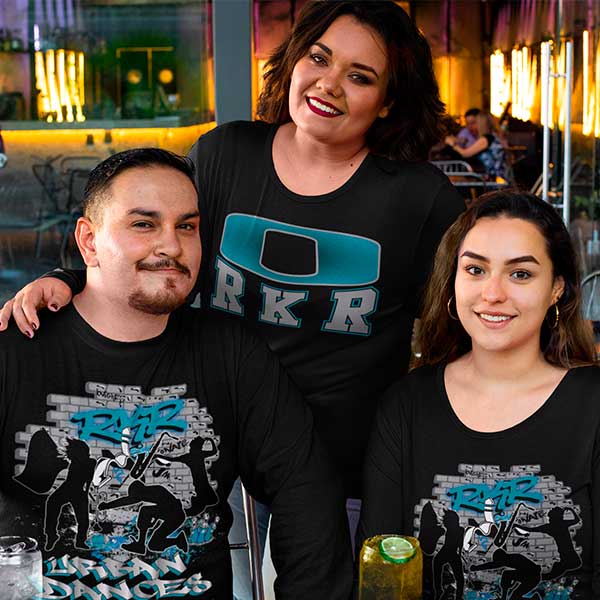
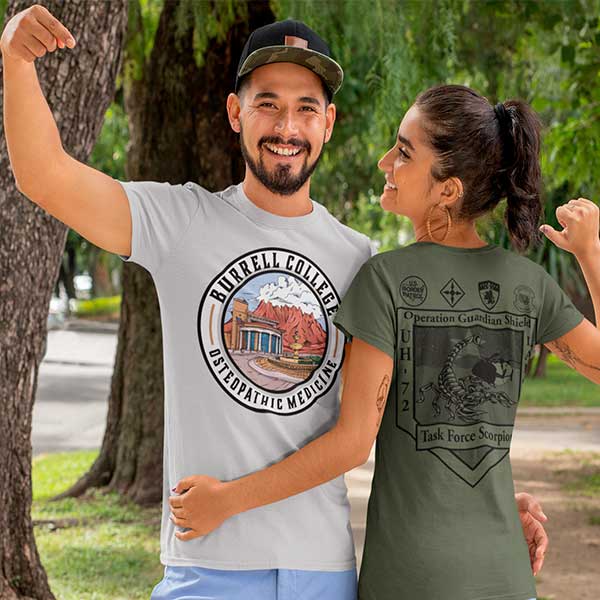

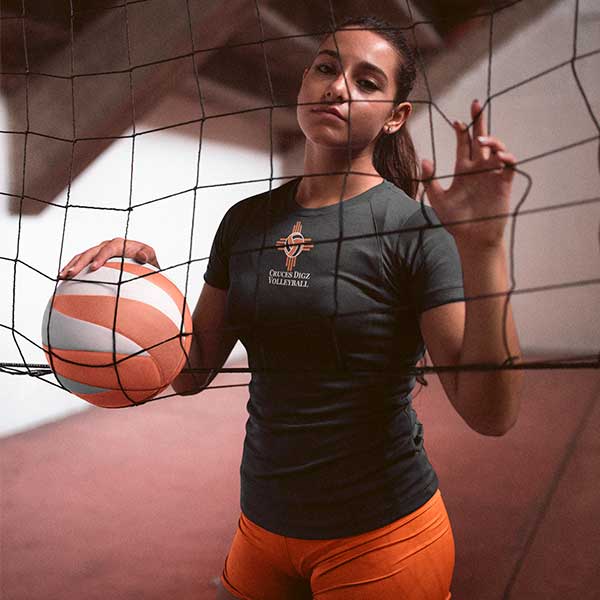
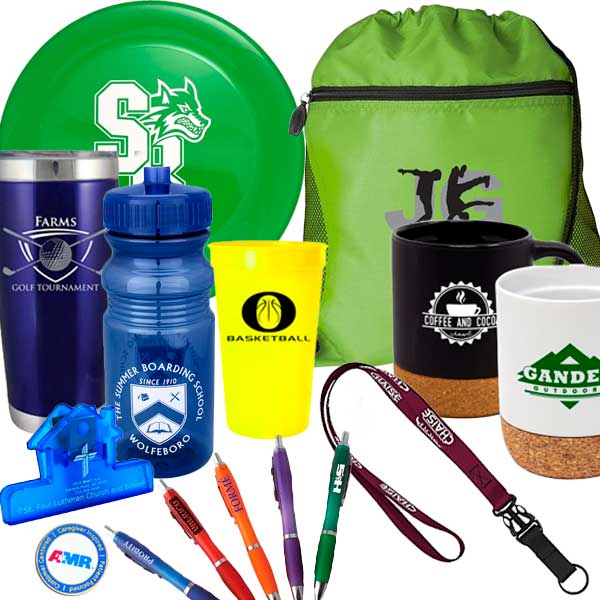


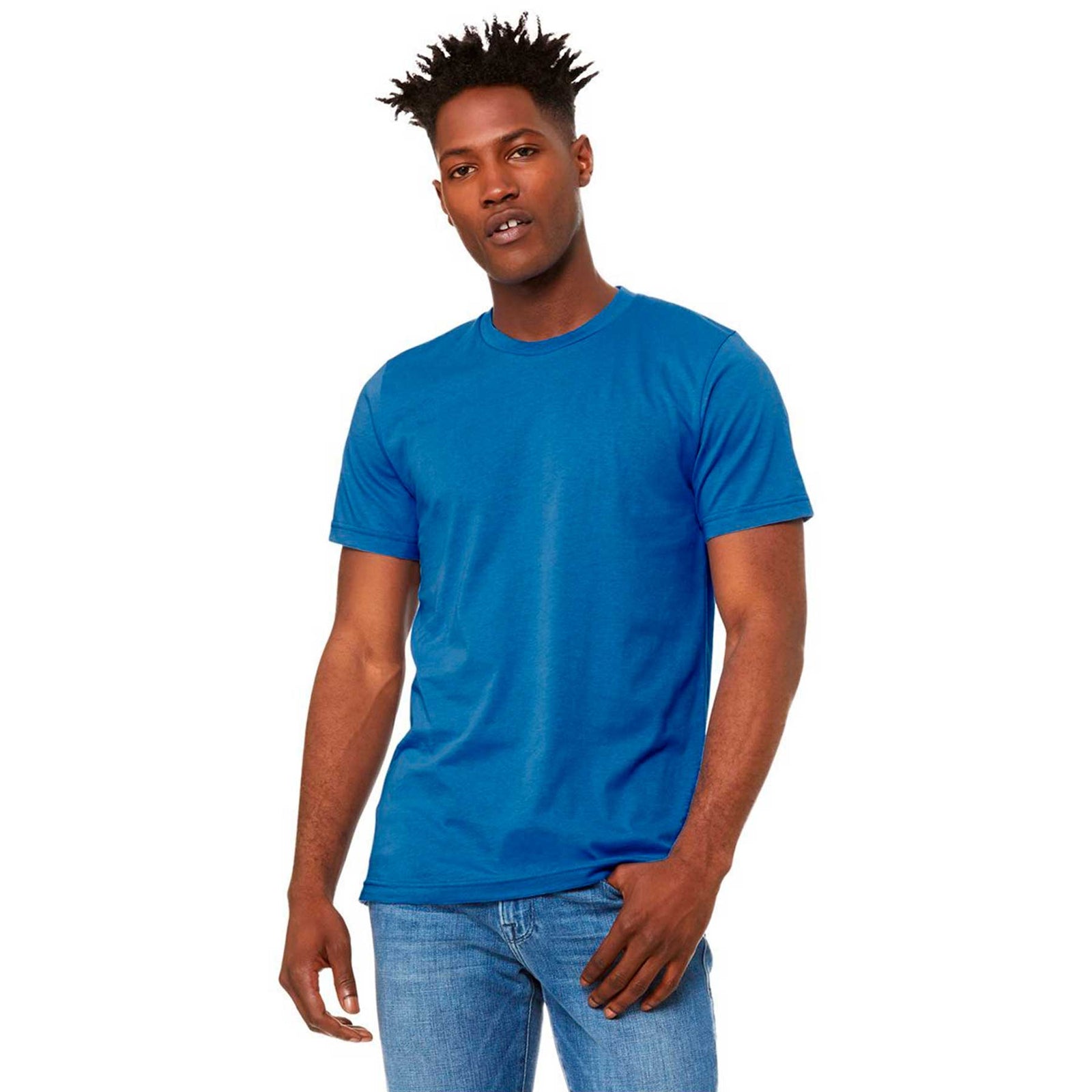
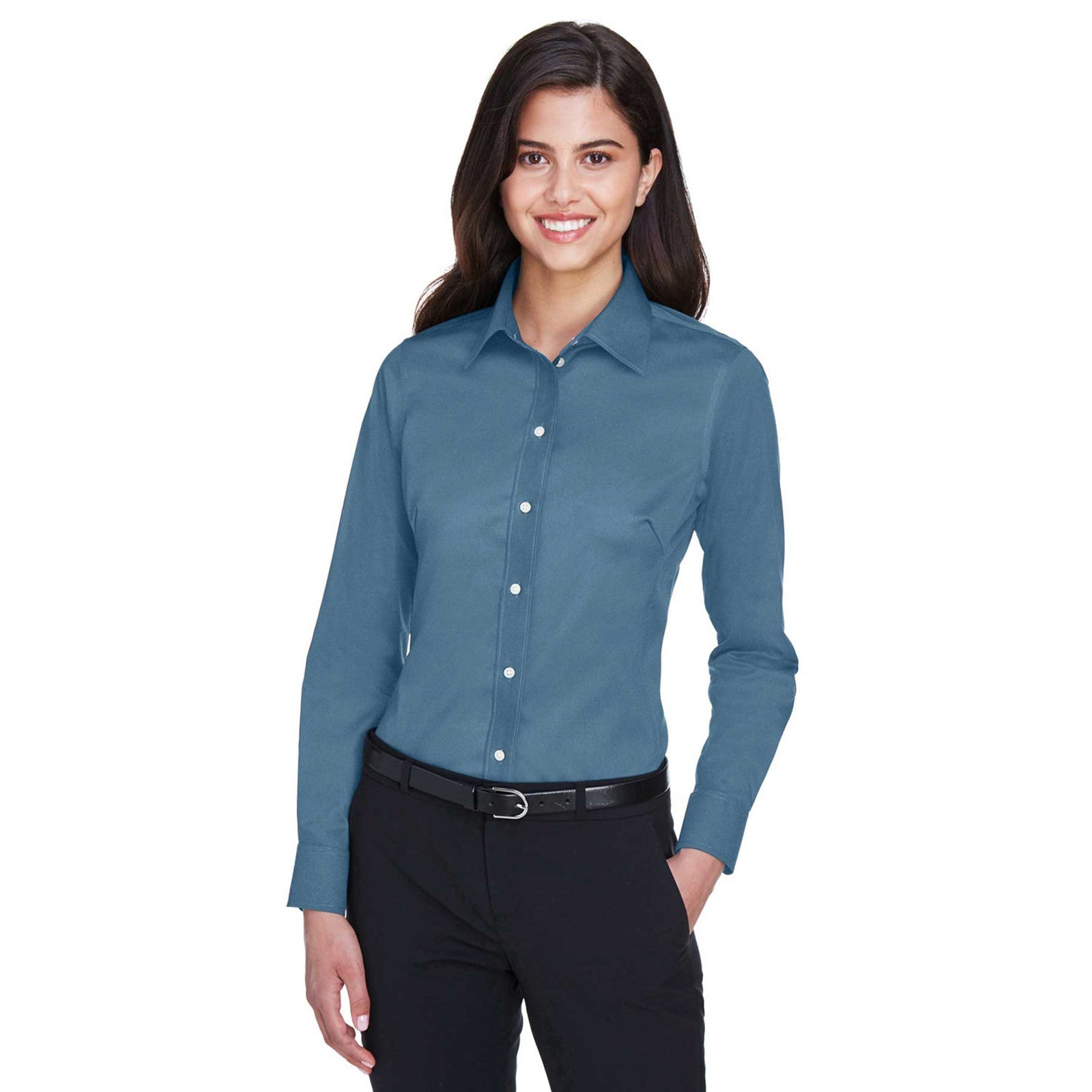
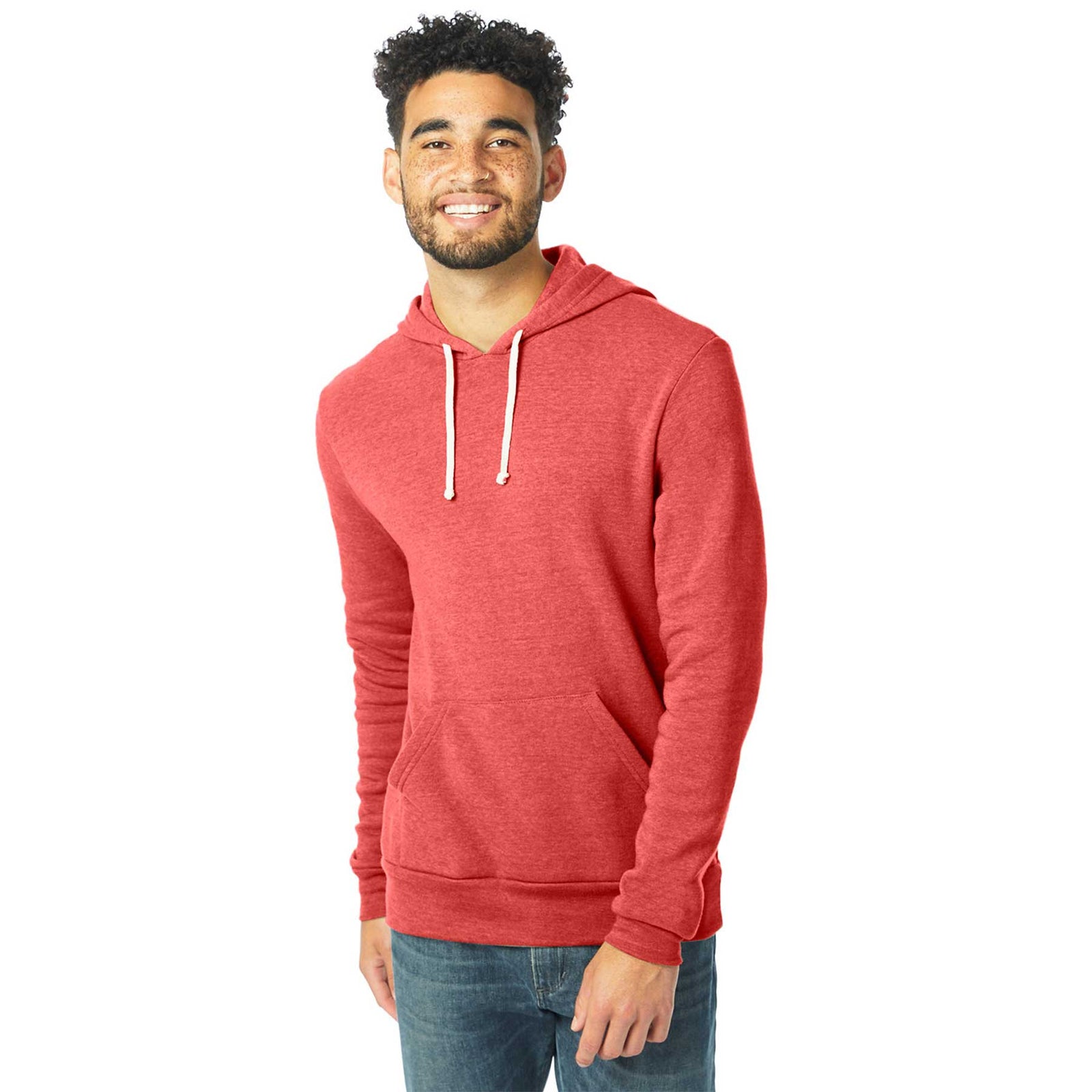
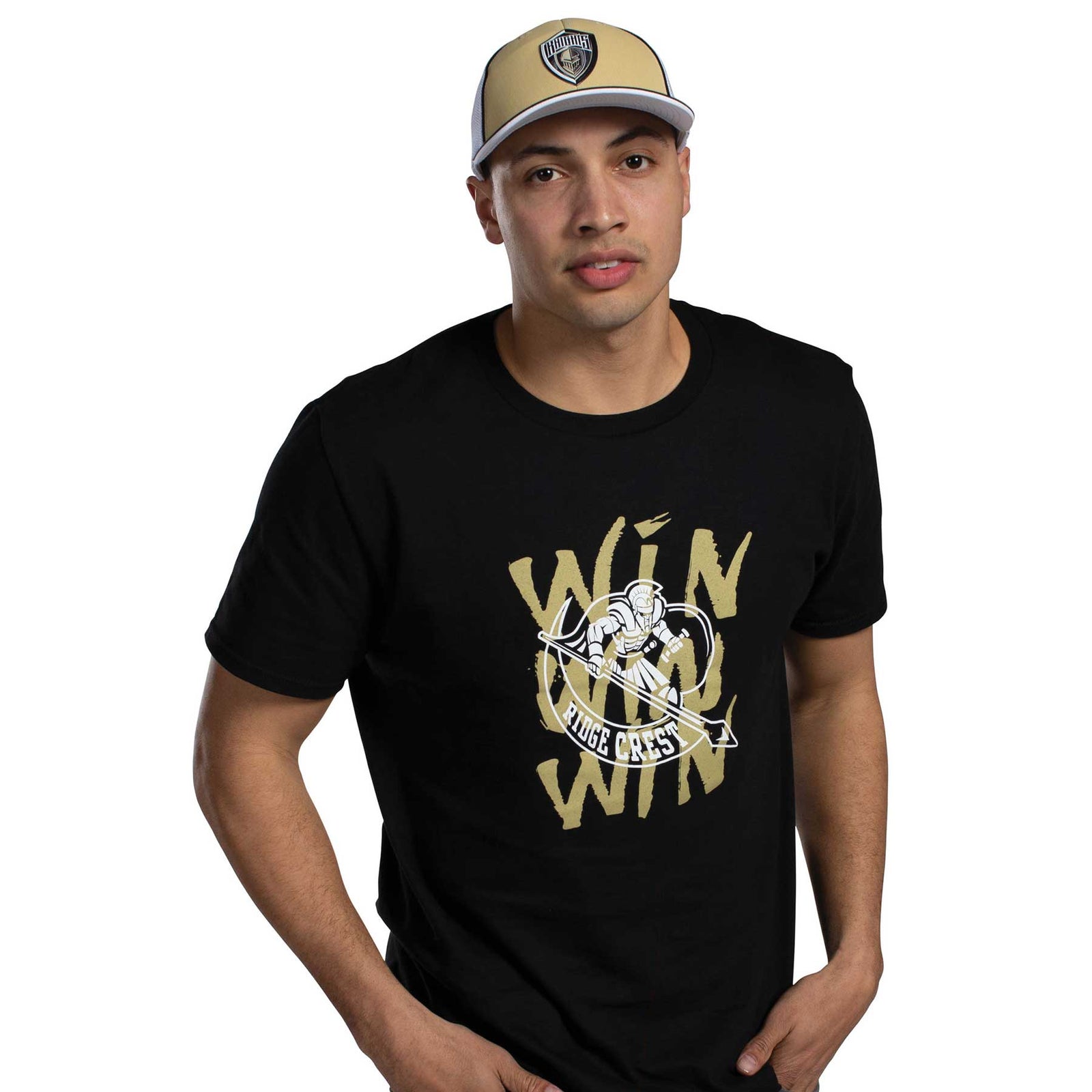
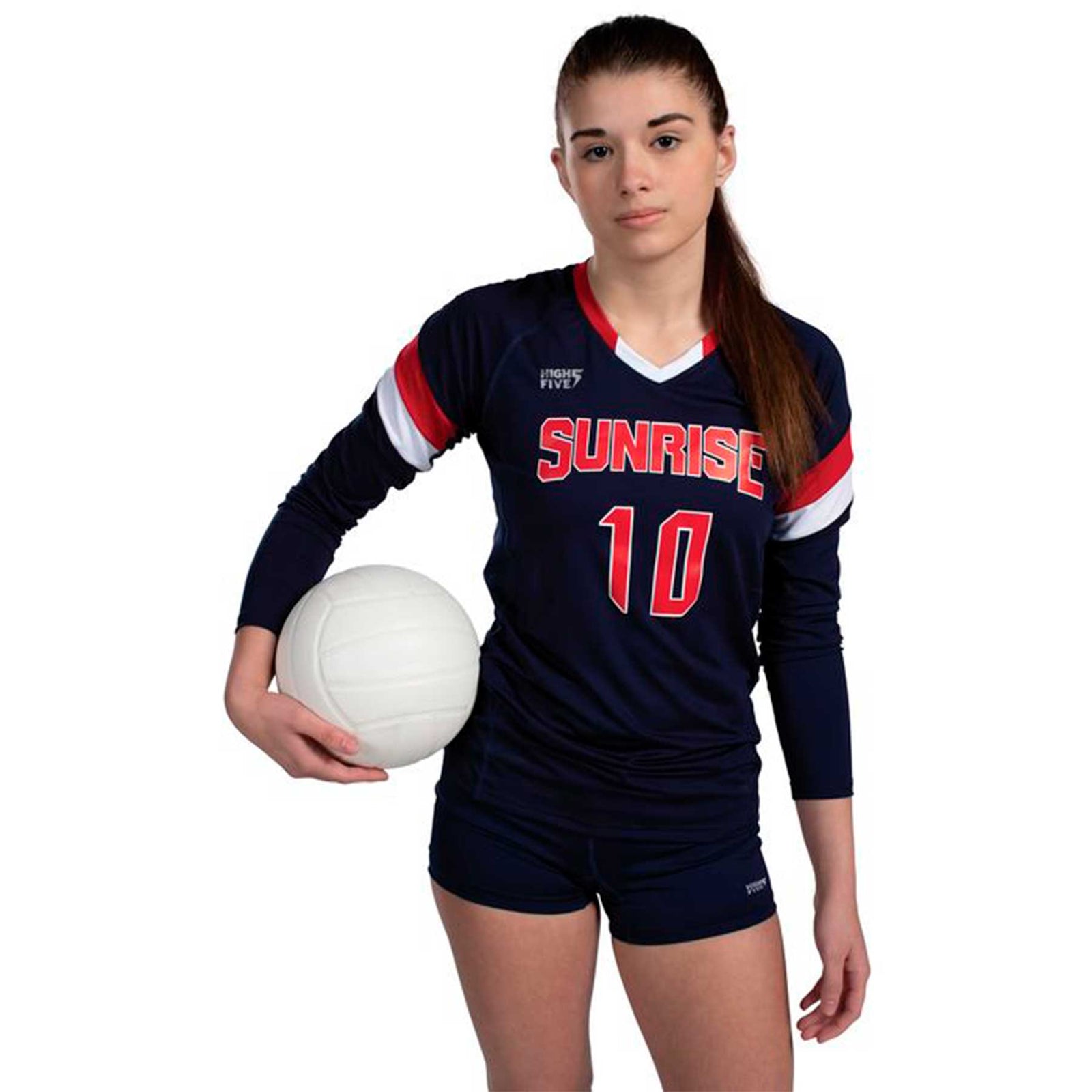

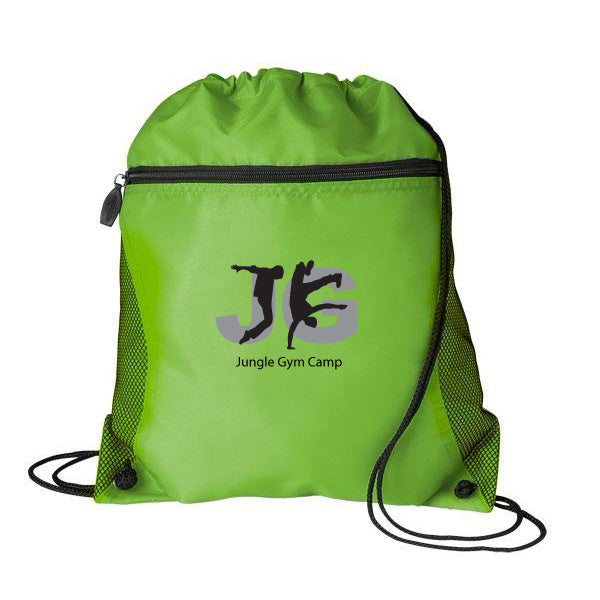
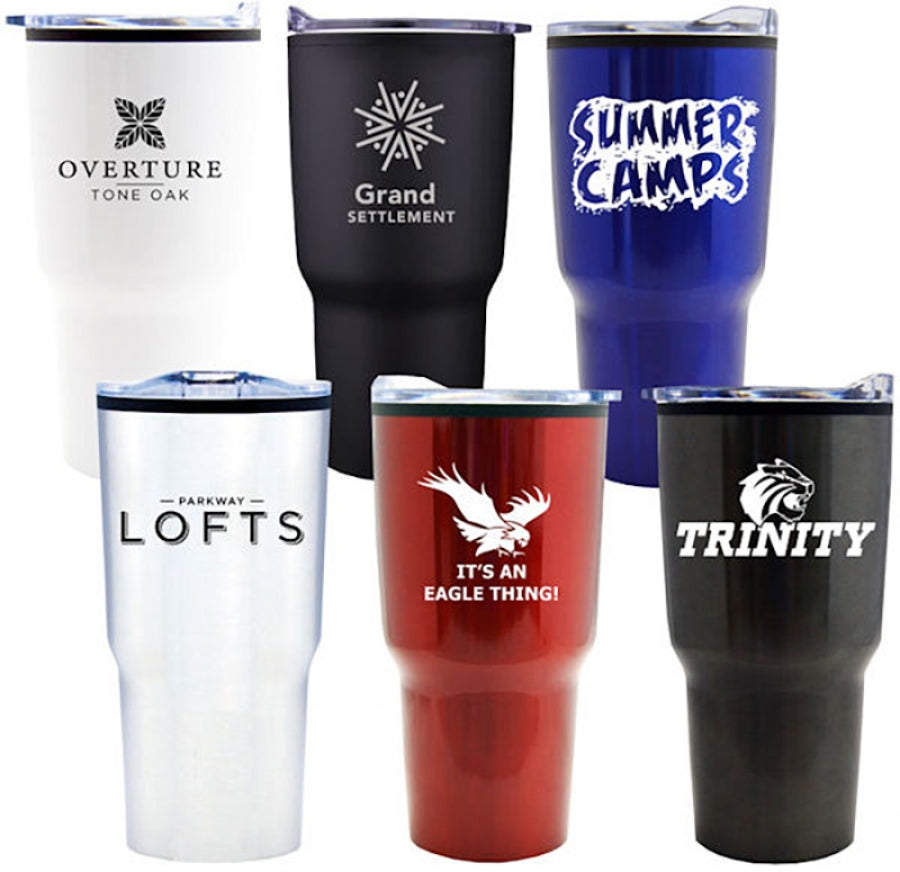

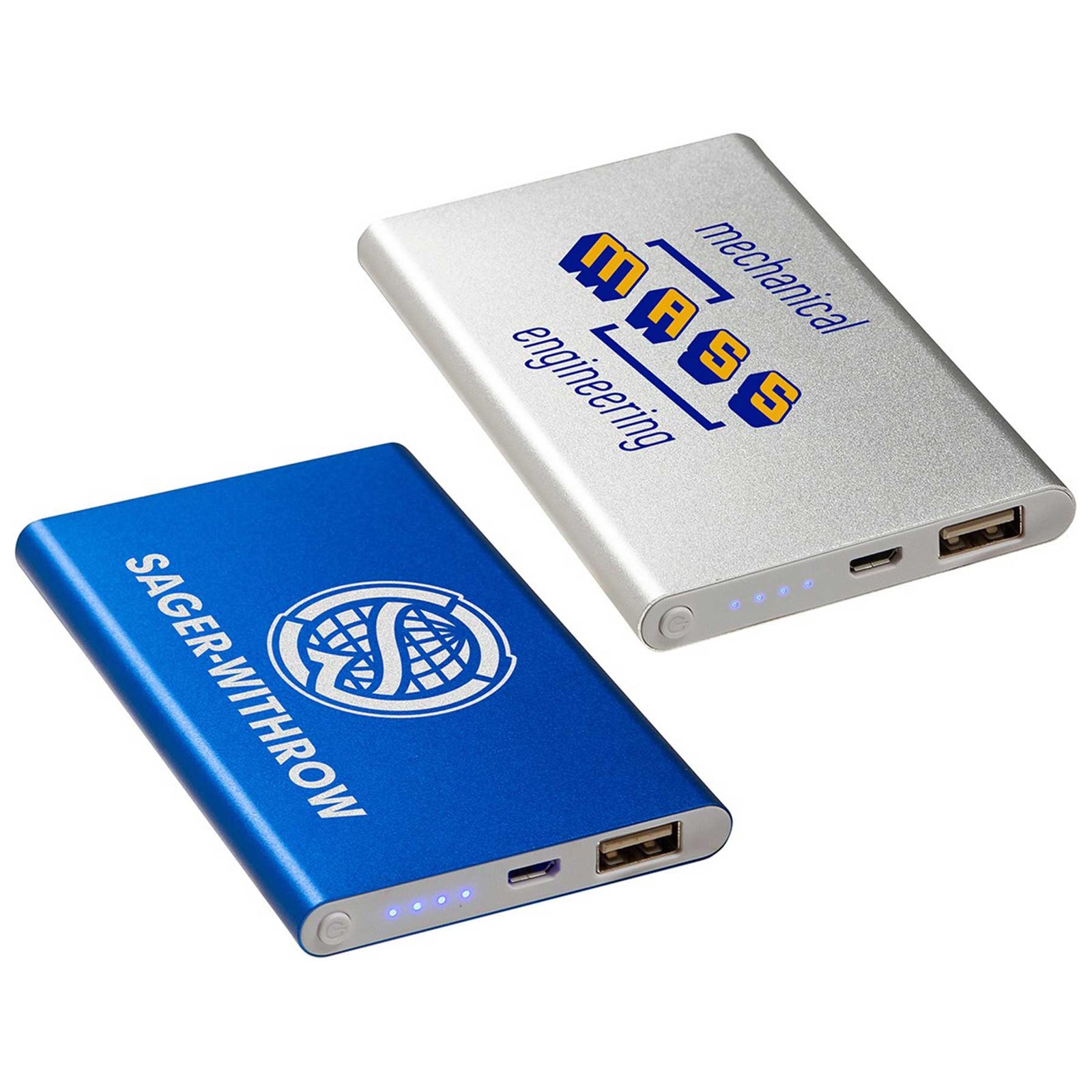
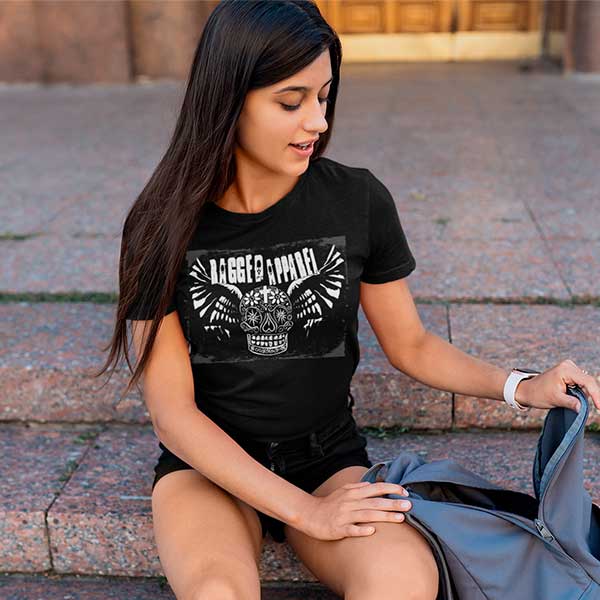
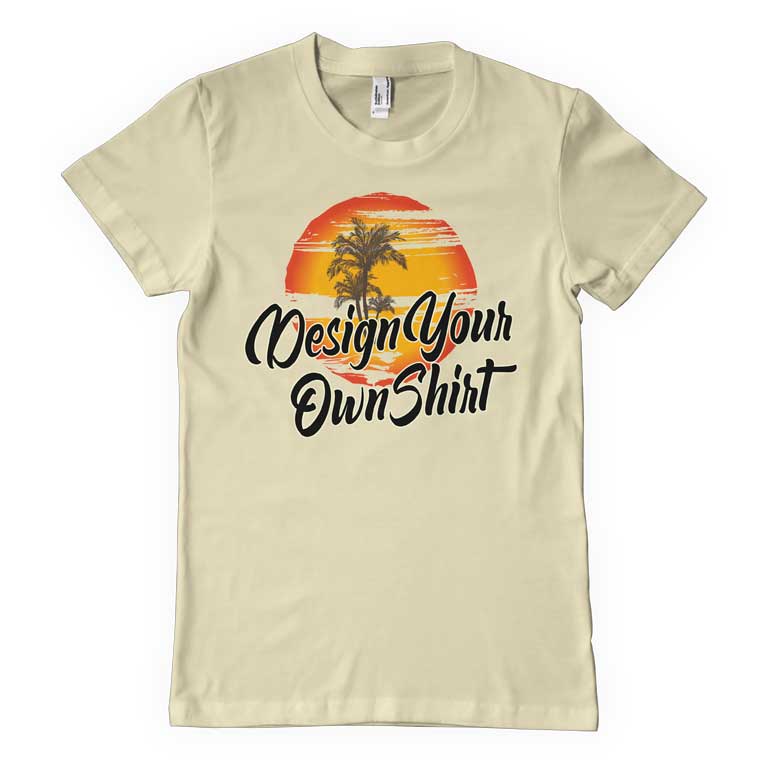


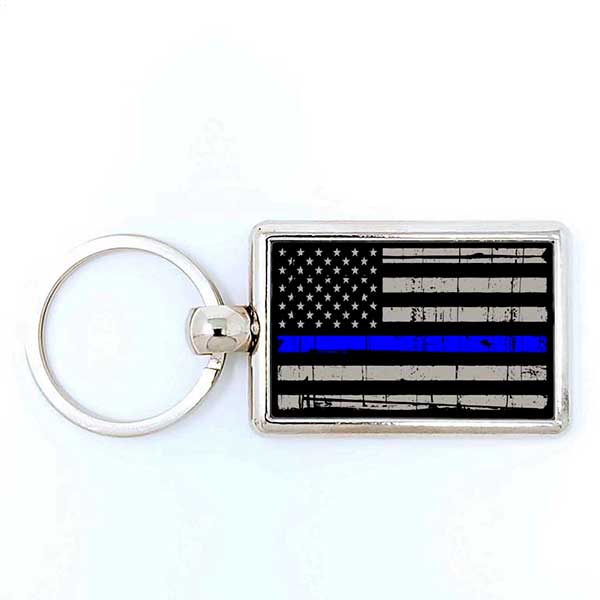


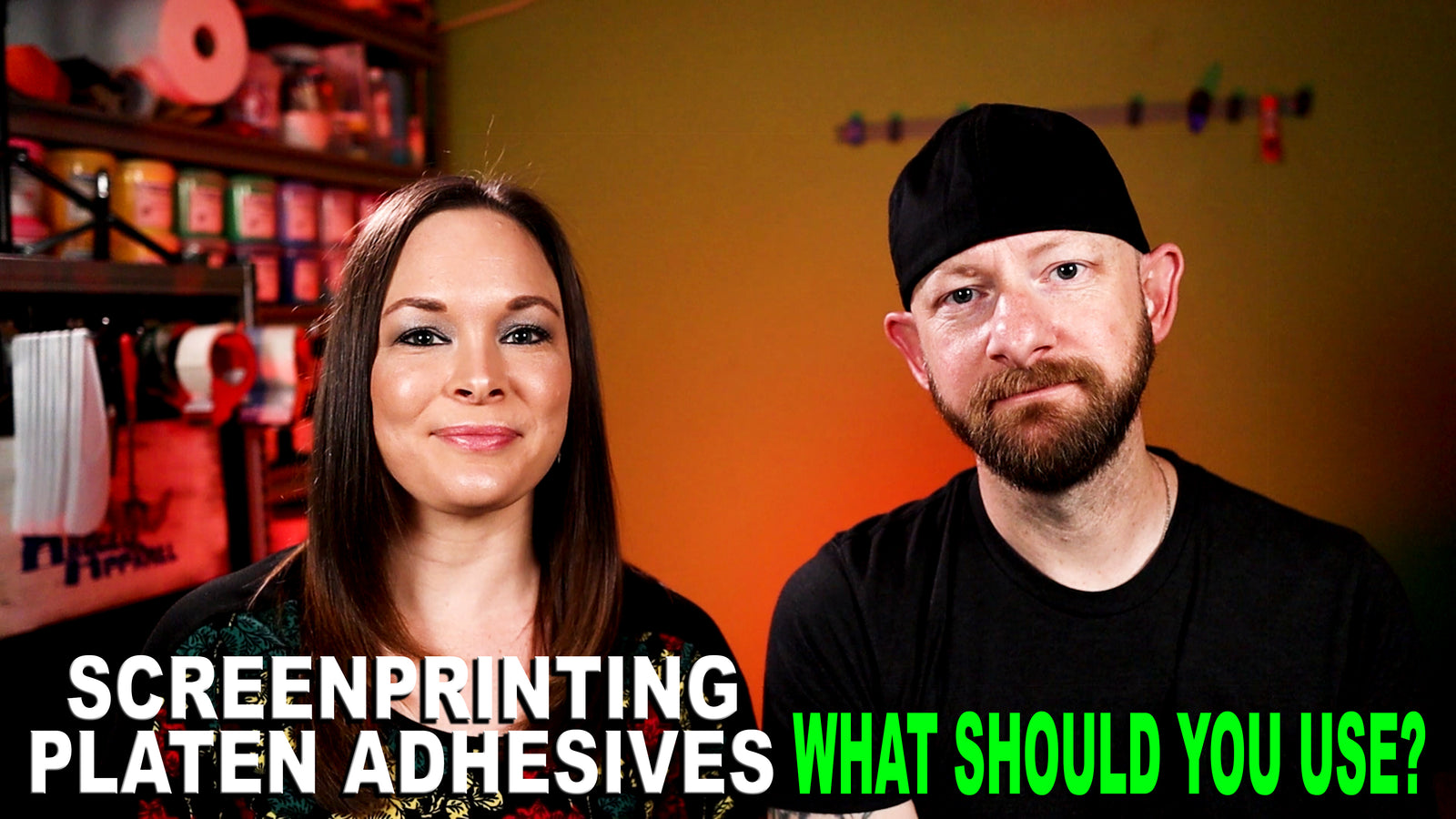
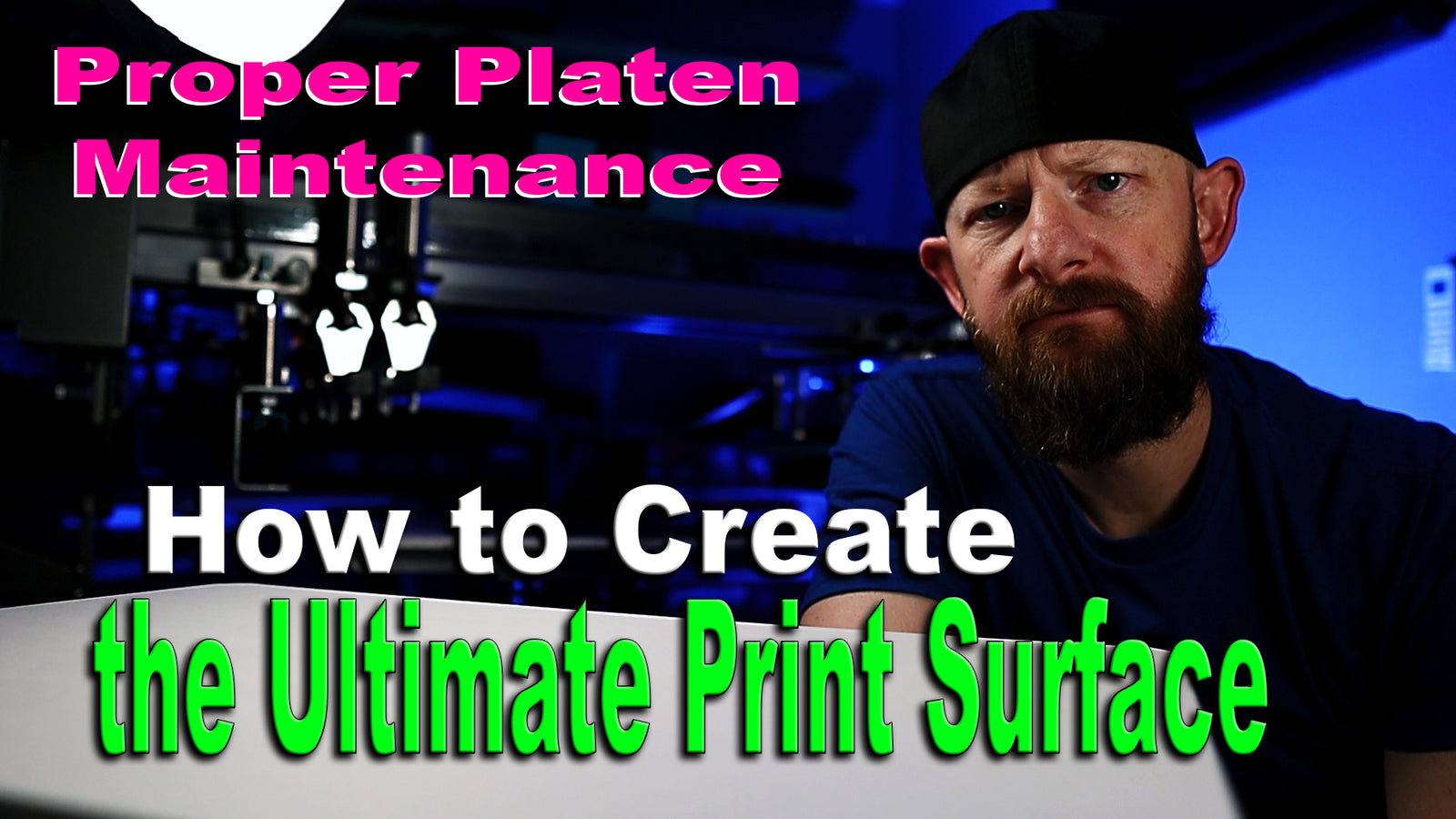
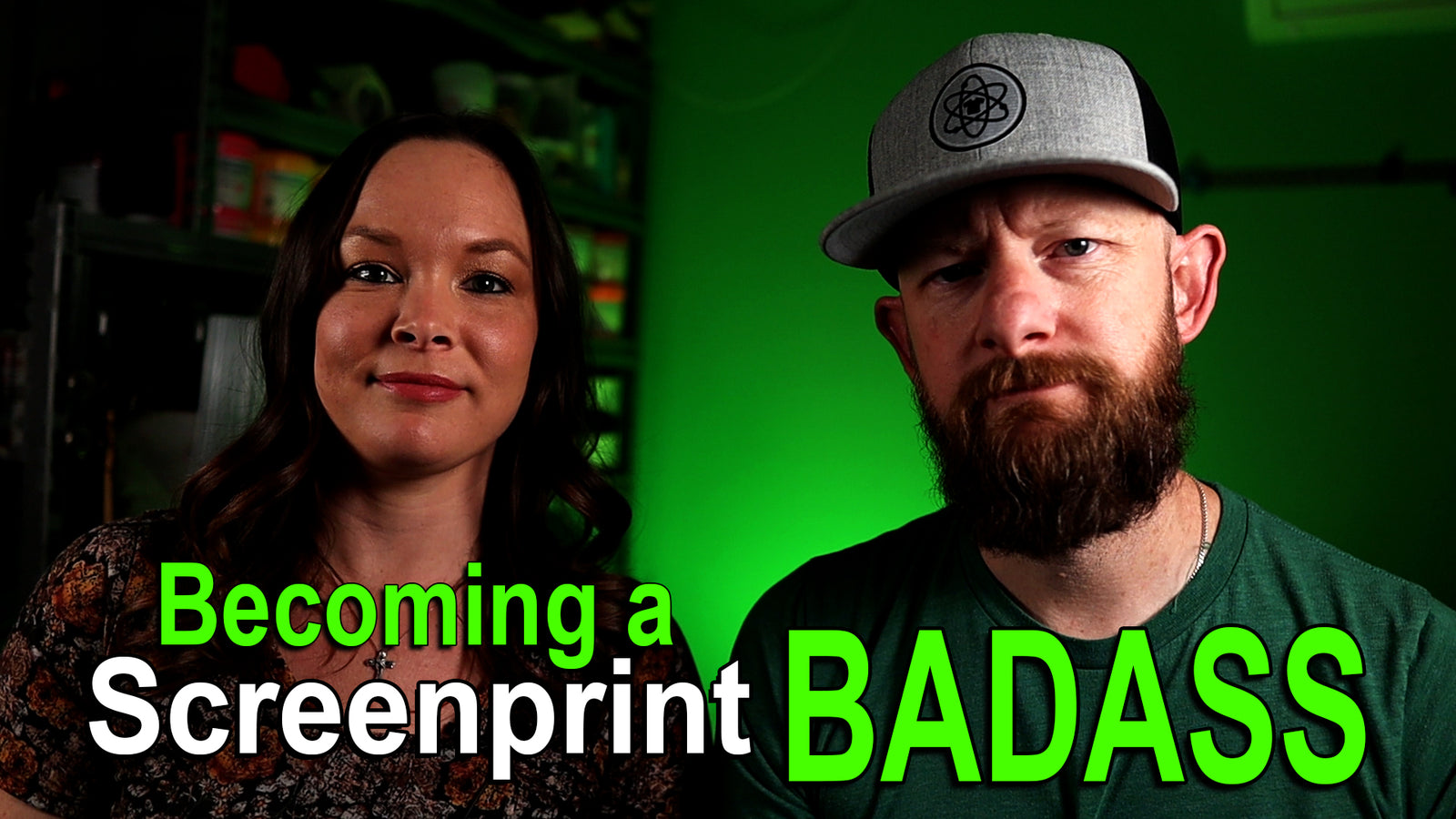

Leave a comment (all fields required)